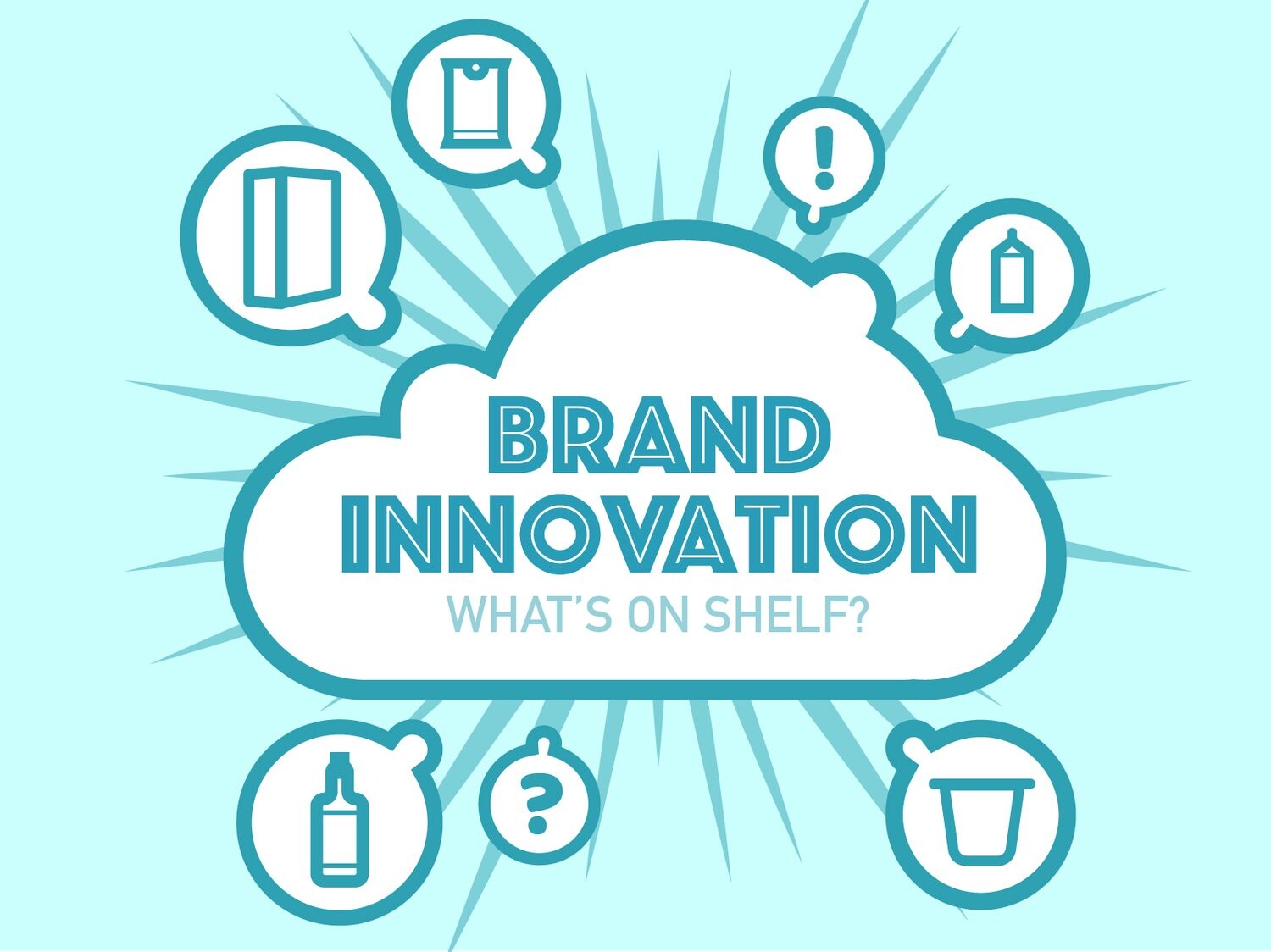Top 10 Brands Who Spend the Most on OOH Media
A look at the leading advertisers dominating global outdoor and transit media investments in 2024–2025.
| Rank | Brand | Industry | Estimated OOH Spend (USD Millions) | Key OOH Formats Used | Recent Campaign Highlights |
|---|---|---|---|---|---|
| 1 | Coca-Cola | Beverages | $320 | Billboards, 3D DOOH, Transit Wraps | Global “Create Real Magic” OOH campaign integrating AI-generated art. |
| 2 | Apple | Consumer Electronics | $290 | Premium Billboards, Airport Media | “Shot on iPhone” visuals on iconic landmarks worldwide. |
| 3 | Amazon | E-Commerce | $250 | Metro Wraps, Digital Screens | Holiday 2024 DOOH campaign with dynamic parcel-tracking visuals. |
| 4 | McDonald’s | Quick Service Restaurants | $230 | Billboards, Bus Shelters, Street Furniture | Minimalist OOH icons campaign featuring just the golden arches. |
| 5 | Samsung | Technology | $215 | 3D DOOH, Building Wraps, Transit Media | Galaxy Z Fold launch with immersive 3D billboards in NYC & Seoul. |
| 6 | Netflix | Entertainment / Streaming | $200 | 3D DOOH, Murals, Subway Ads | “Squid Game 2” campaign with 3D digital billboards across Asia. |
| 7 | Unilever | FMCG / Personal Care | $190 | Traditional OOH, Rural Hoardings | Lifebuoy and Dove campaigns promoting hygiene and sustainability. |
| 8 | Nike | Sportswear | $180 | Digital Billboards, Stadium Signage | “You Can’t Stop Us” OOH with AI-generated athlete visuals. |
| 9 | PepsiCo | Beverages / Snacks | $165 | Bus Ads, Hoardings, Airport Media | “Thirst for More” 2024 campaign with interactive digital screens. |
| 10 | Toyota | Automotive | $150 | Transit Media, Digital Hoardings | EV awareness campaign featuring smart dynamic OOH formats. |
Note: Data represents estimated 2024–2025 global OOH spending trends, compiled from industry reports and media intelligence sources.






